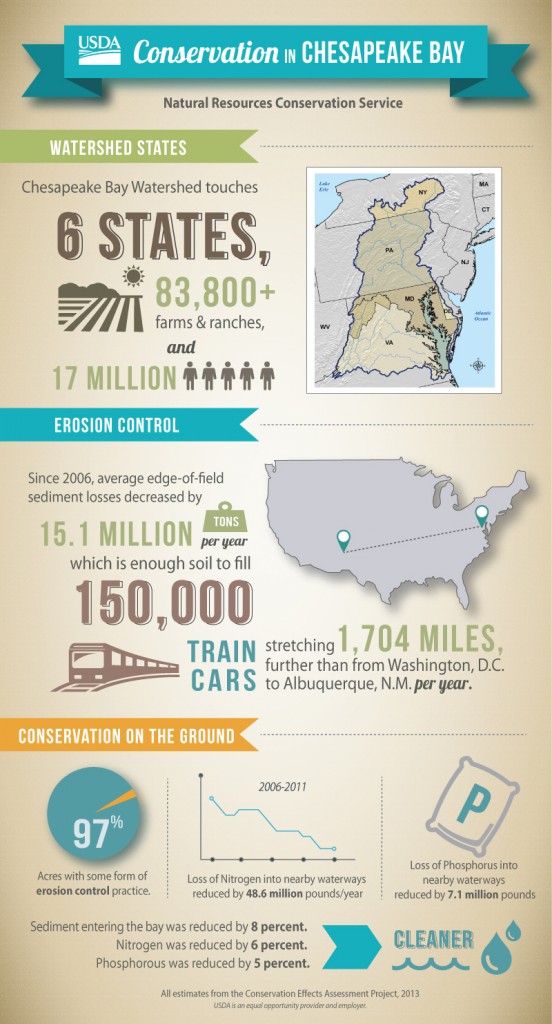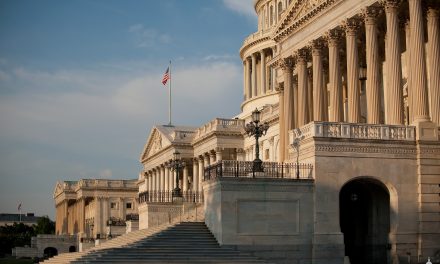 According a report released Dec. 5 by the U.S. Department of Agriculture Natural Resources Conservation Service (NRCS), conservation practices are reducing nutrients and sediment in runoff headed to the Chesapeake Bay watershed.
According a report released Dec. 5 by the U.S. Department of Agriculture Natural Resources Conservation Service (NRCS), conservation practices are reducing nutrients and sediment in runoff headed to the Chesapeake Bay watershed.
Since 2006, practices adopted by Chesapeake Bay farmers through the Farm Bill have reduced the nitrogen leaving fields by 26% or 22,000 Mg (48.6 million lbs), phosphorus by 46% or 3,220 Mg (7.1 million lbs), and sediment by 60% or 4.6 million Mg (15.1 million tons). According to the USDA, this is enough sediment to fill 150,000 railcars stretching more than 2736 km (1700 mi).
The USDA states that 84,000 farms and ranches exist in the Chesapeake Bay watershed, where agriculture contributes $10 billion annually to the region’s economy. NRCS efforts have led to wider acceptance of conservation practices, the report states. Notably, some form of erosion control has been adopted on 97 percent of cropland acres in the Chesapeake Bay Watershed. Further, the use of cover crops has increased from 12% to 52% since 2006. Read more.
On Dec. 2, NRCS also opened its Conservation Stewardship Program for new enrollments. Producers interested in making positive changes in soil, water and air quality; plant and animal resources; and energy can submit applications until Jan. 17.




